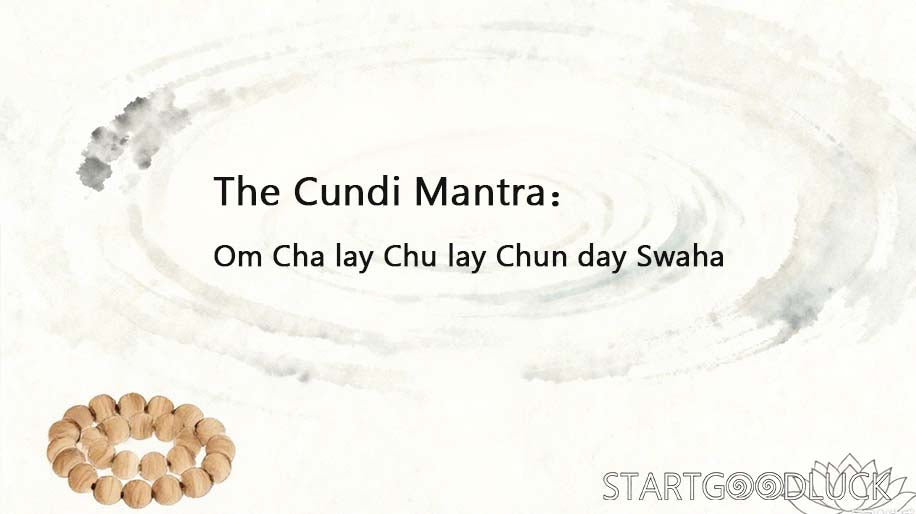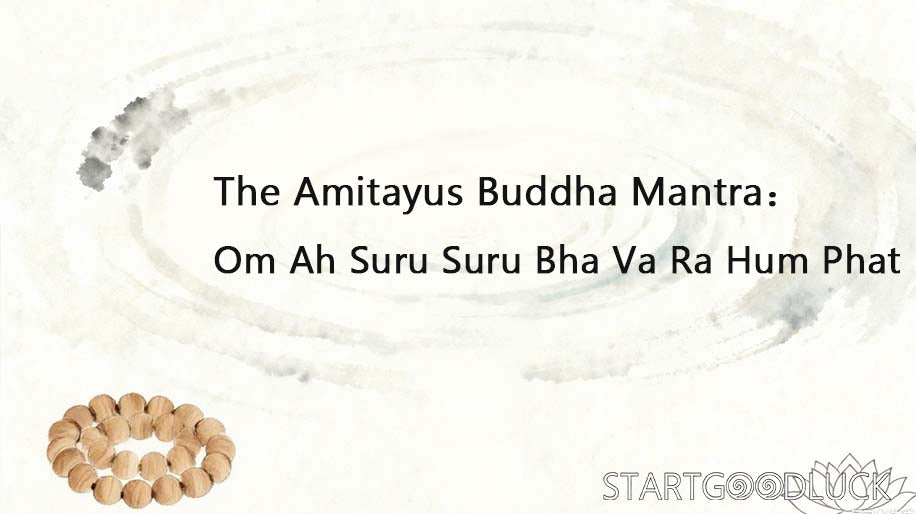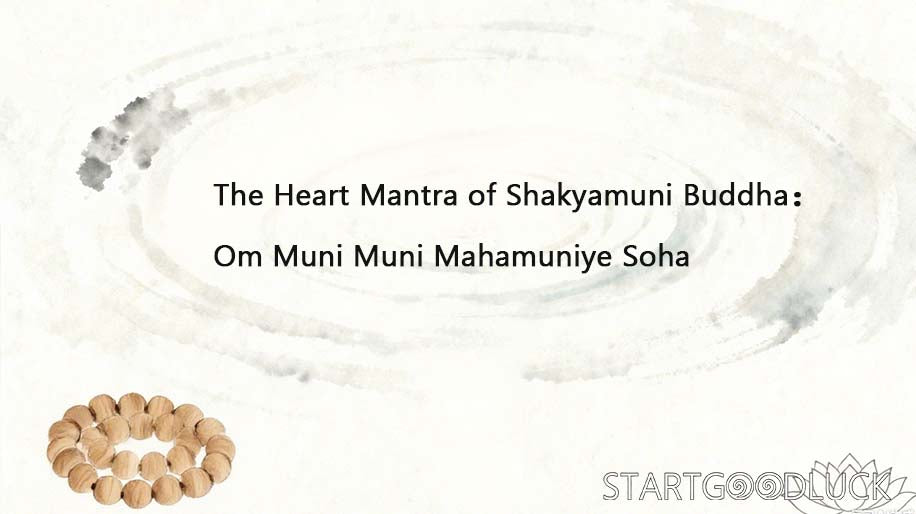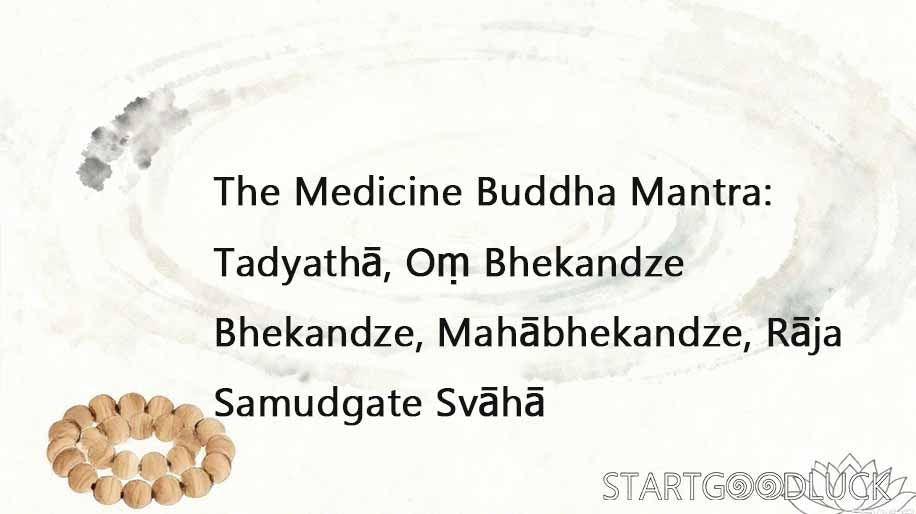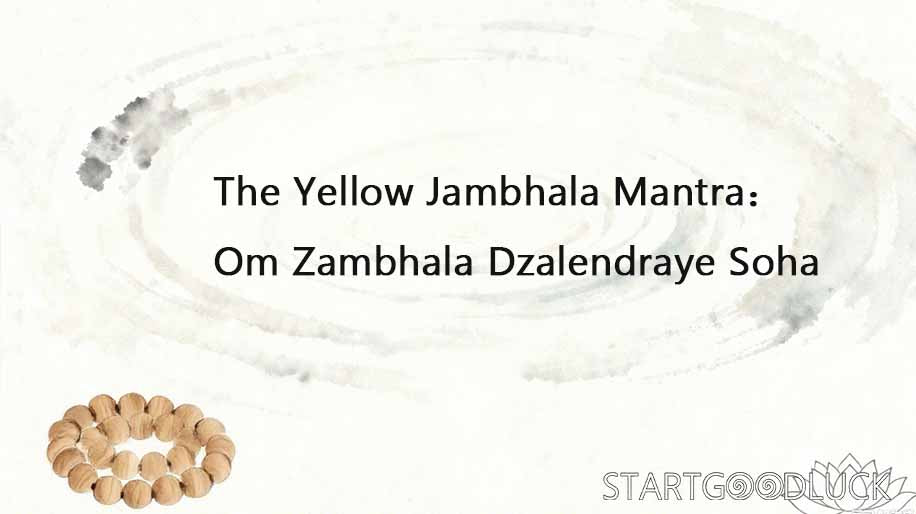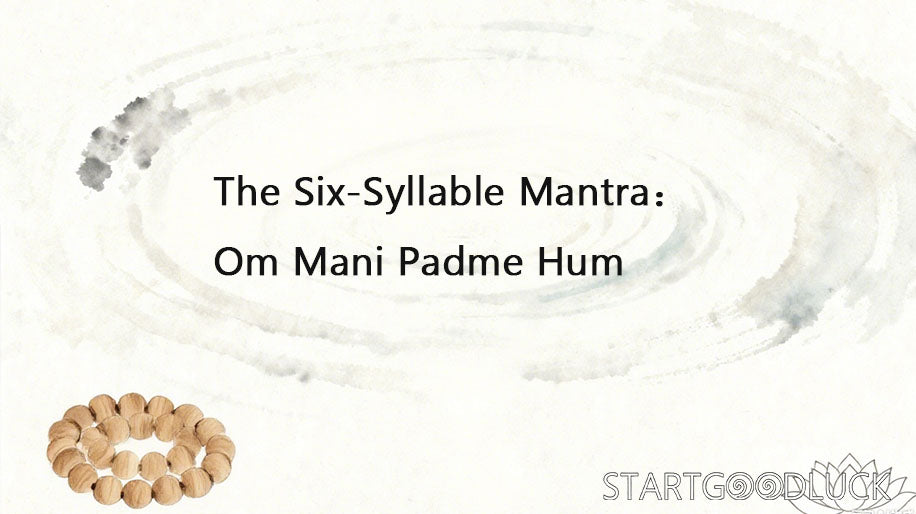A concise introduction to Cundi (Zhǔntí), its history, practice, and how this mantra serves as a practical tool for modern life.
The Cundi Mantra is one of the most widely transmitted chants within Vajrayana (Tantric) Buddhism. Its full title is the Dharani of the Mother of the Seven Million Buddhas, and it is associated with Bodhisattva Cundi.
In Buddhist literature, Cundi is honored as the “Mother of Seven Million Buddhas.” The phrase "seven million" symbolizes immeasurable scope—her capacity to hold the vows and compassion of countless Buddhas, to aid beings in freeing themselves from affliction, awakening wisdom, and realizing heartfelt aspirations.

This mantra is presented not as a sectarian symbol but as a universal method for emotional regulation and mental clarity—suitable for students, professionals, and families. Chanting can guide practitioners back to inner purity and composure, helping them face daily challenges with greater equanimity.
1. The Symbolic Meaning of Cundi Bodhisattva: Compassion + Wisdom
Cundi is traditionally depicted with eighteen arms, each carrying a symbolic implement. These are not decorative: each object represents a facet of skillful means and compassionate wisdom.
- Vase of nectar (right hand): soothes the restless heart and nourishes beings.
- Sword (left hand): cuts through ignorance and attachment, clarifying discernment.
- Other implements—prayer beads (focus), lotus (purity), Dharma wheel (integral wisdom)—represent vows to remove obstacles, increase insight, harmonize relationships, and support livelihood.
Seen this way, Cundi is a teacher who unites compassion with wisdom—accessible and close to ordinary needs rather than a remote, aloof deity. The Sanskrit root of "Cundi" suggests purity and luminous awareness. Chanting the mantra uses its stabilizing power to calm mental turbulence, enabling the experience that when the heart is settled, things tend to fall into place.

2. Historical Transmission: From Esoteric Ritual to Popular Practice
The Cundi Mantra appears in sutras such as The Sutra of the Dharani Spoken by the Mother of Seven Million Buddhas and related compendia. In the Tang dynasty, the prominent tantric master Amoghavajra (Bukong Sanzo) translated the dharani and its ritual instructions into Chinese, bringing the practice into the Sinitic world.
Originally part of esoteric ritual, its use broadened over time to include laypeople as well as monastics. In Tang society it was recited by scholars for study success, by merchants for safe travel, by soldiers for courage, and by households for family harmony. Through the Song, Ming, and Qing dynasties the devotion to Cundi became woven into everyday life; many temples—such as Lingyin Temple in Hangzhou and Daxingshan Temple in Xi’an—maintain Cundi halls and related practices.

3. How to Chant: Sincerity Matters More Than Exact Pronunciation
The widely used form in East Asia follows the Tang translation. For beginners, a phonetic approximation can help. More important than absolute accuracy is the attitude of the heart: focused attention and sincere devotion.
Om Cha-lay Chu-lay Chun-day Swaha (a simple English-friendly version).
Tip: Whether spoken aloud or silently, chanting with concentrated attention—rather than reciting words mechanically—activates the practice's purpose. A gentle voice with a steady mind is preferable to perfect pronunciation with a distracted heart.
4. A Real-Life Example: A Professional’s Path to Inner Change
Emily, a project manager in New York, faced intense workplace stress and domestic strain. Introduced to the Cundi Mantra by a yoga teacher, she was advised to chant for 5–10 minutes during her commute with the simple wish: "May I be less anxious and more composed today."
After three weeks she noticed a shift: when a client demanded urgent changes, three silent recitations calmed her initial anger. She responded with clarity, organized her team, and avoided escalation. At home, a small shift in tone—prompted by the same practice—opened a peaceful conversation with her husband about childcare. Two months later her project succeeded and family life improved. Emily described the mantra as an "anchor"—not removing difficulties, but allowing pause and clarity before reacting.
5. Practical Benefits for Modern Life
- More fluid action: Chanting reduces scattered thinking and improves situational presence, helping avoid common mishaps.
- Academic focus: Students report improved concentration and reduced test anxiety after practice.
- Family harmony: The practice softens attachment to "being right," improving tone and communication.
- Calmer mind and better sleep: Centering on breath and mantra reduces rumination and supports restorative rest.
6. Practice Guide: Simple, Flexible, and Respectful
- When: Any time—commute, breaks, before sleep, or while waiting. Even 3–5 focused recitations help.
- Posture: Sit, stand, or walk naturally. Avoid lying down during practice to prevent drowsiness.
- How: Chant aloud in quiet settings or silently in public. If the mind wanders, gently return attention to the mantra without self-criticism.
- Aids: Optional tools—singing bowls, natural incense, or a mala (108 beads)—may assist focus, but are not required.
7. Conclusion: A Gentle Tool for Everyday Inner Work
The Cundi Mantra is not a cure-all, but a reliable practice for cultivating mental balance. With steady, sincere practice, one learns to pause before reacting, to find calm amid chaos, and to notice how a quieter mind often softens the world around it.
Begin simply and respectfully. Treat the mantra as daily inner training, and let the effects unfold naturally over time.

